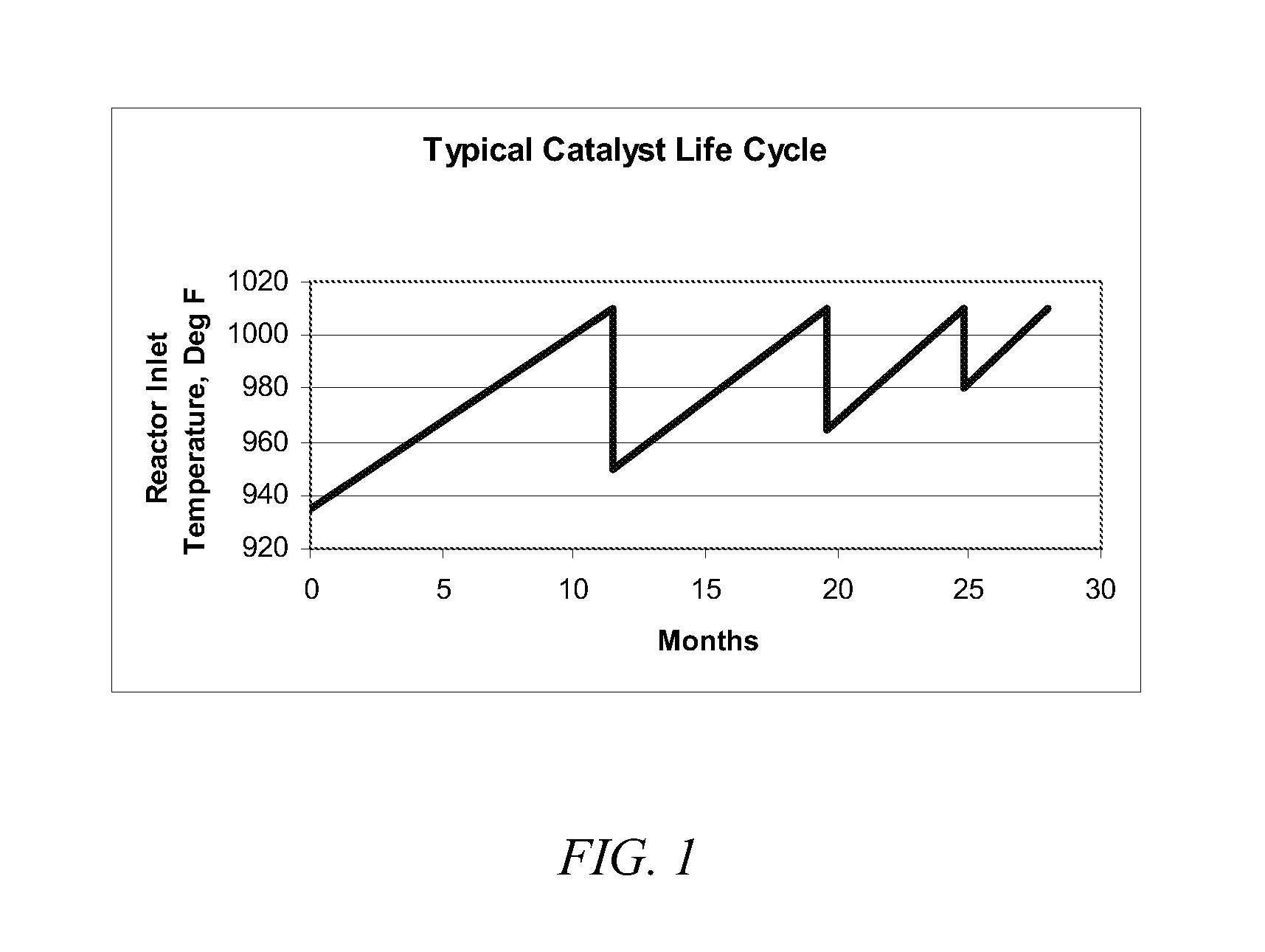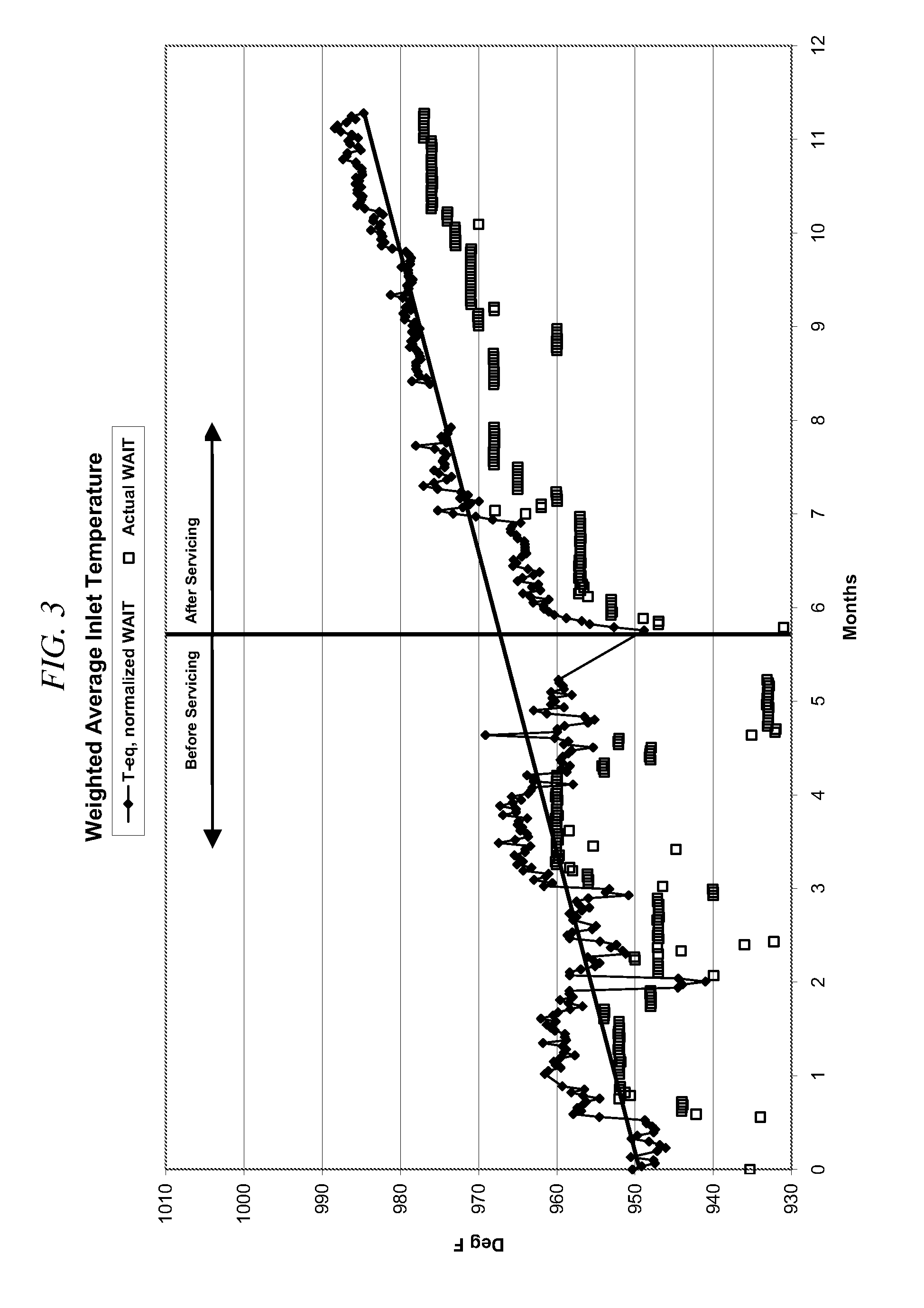Method of treating a catalytic reactor system prior to reactor servicing
a technology of catalytic reactor and reactor system, which is applied in the field of catalytic reactions, can solve the problems of increasing the fouling rate of the catalyst, the loss of overall catalyst activity, and the increase of the catalyst fouling rate, so as to reduce the servicing time
- Summary
- Abstract
- Description
- Claims
- Application Information
AI Technical Summary
Benefits of technology
Problems solved by technology
Method used
Image
Examples
example
[0044]The method for servicing a catalytic reactor system by oxidizing hazardous substances having been generally described, the following example is given as a particular embodiment of the method disclosed and to demonstrate the practice and advantages thereof. It is understood that the examples are given by way of illustration and are not intended to limit the specification or the claims to follow in any manner.
[0045]Servicing a catalytic reactor system such as the one shown in FIG. 2 to dump and screen the catalyst in the first reactor 10 and to clean several key exchangers was performed following the method described above for abating hazardous substances to safe exposure levels. A low-temperature oxidation at a maximum of about 425° F. was performed according to the procedure described in this disclosure to remove the residual hazardous substances from the catalytic reactor system and preserve the catalyst activity in the remaining cycle for its use after servicing the catalyti...
PUM
| Property | Measurement | Unit |
|---|---|---|
| temperature | aaaaa | aaaaa |
| pressure | aaaaa | aaaaa |
| temperature | aaaaa | aaaaa |
Abstract
Description
Claims
Application Information
 Login to View More
Login to View More - R&D
- Intellectual Property
- Life Sciences
- Materials
- Tech Scout
- Unparalleled Data Quality
- Higher Quality Content
- 60% Fewer Hallucinations
Browse by: Latest US Patents, China's latest patents, Technical Efficacy Thesaurus, Application Domain, Technology Topic, Popular Technical Reports.
© 2025 PatSnap. All rights reserved.Legal|Privacy policy|Modern Slavery Act Transparency Statement|Sitemap|About US| Contact US: help@patsnap.com



